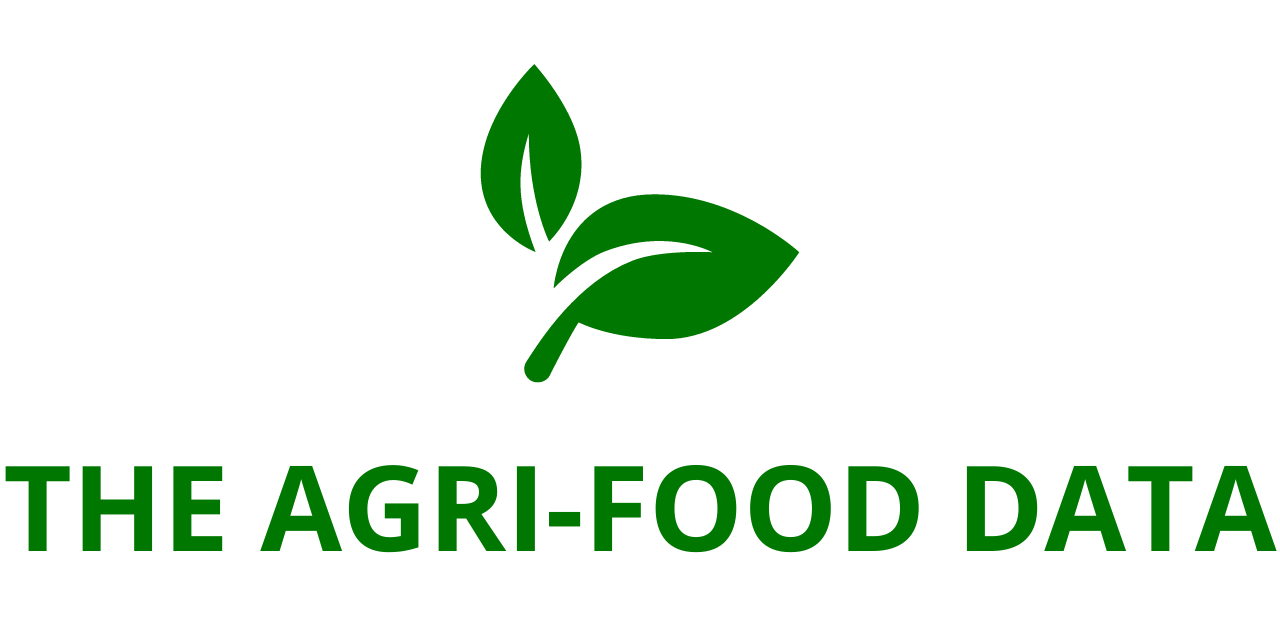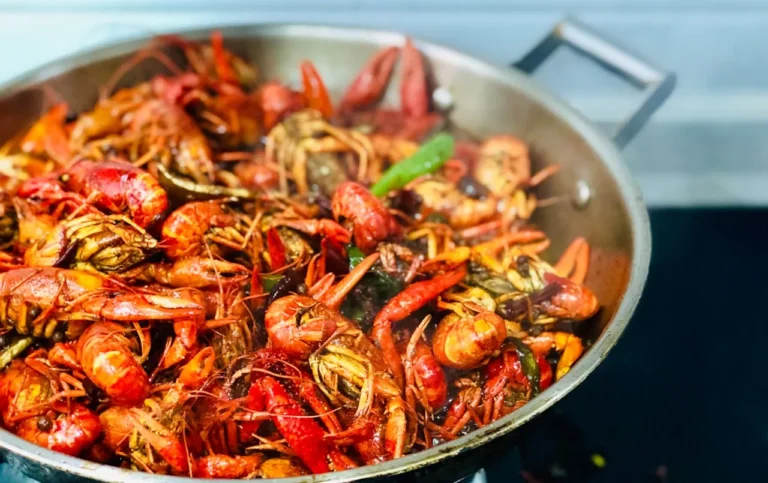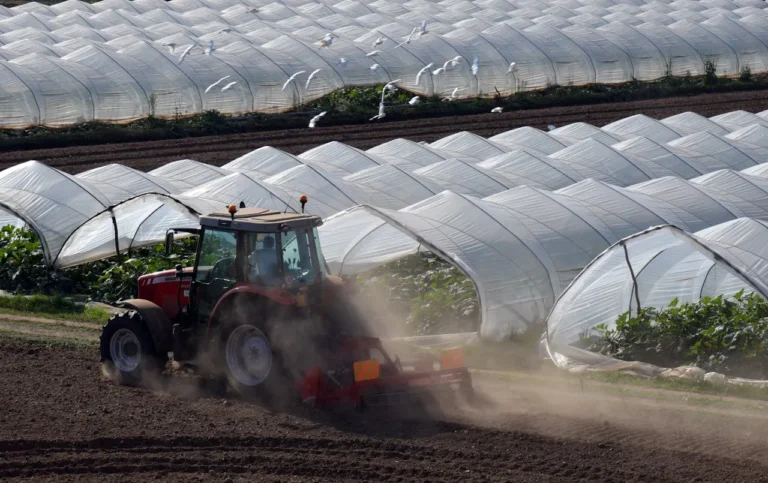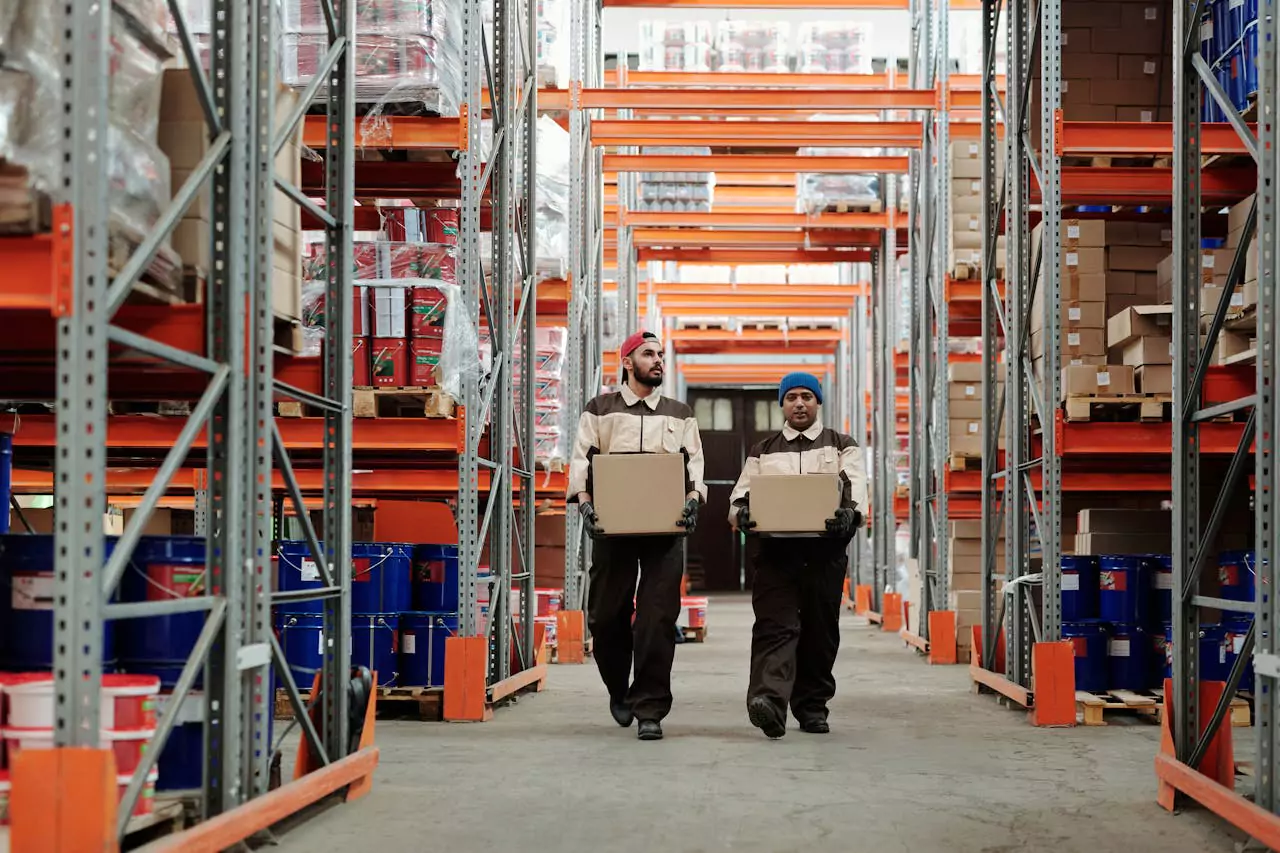
The “Smart Food Packaging Market by Type (Active Packaging, Intelligent Packaging, Modified Atmosphere Packaging, Edible Packaging), Application, Functionality, Material and Region – Global Forecast to 2029″ report has been added to ResearchAndMarkets.com’s offering. The global smart food packaging market size is estimated to be valued at USD 26.42 billion in 2024 and is projected to reach USD 35.69 billion by 2029 at a CAGR of 6.2%.
Market Growth and Key Drivers
The consistent growth of the global packaging market highly drives the smart food packaging industry, which is particularly based on a demand for solutions that support food safety, extended shelf life, and sustainability. Some of the major opportunities in the industry result from the growing need for intelligent and active packaging technologies, Modified Atmosphere Packaging (MAP), nanotechnology, and biodegradable solutions. The complexities of the global food supply chain, increasing urbanization, and a drive to reduce food waste contribute to a high demand for innovative packaging. Additionally, the push for green packaging solutions to align with sustainability objectives supports smart packaging adoption globally, setting it for strong growth.
Disruptions in Smart Food Packaging Market
- Integration of IoT and Smart Sensors
The Internet of Things (IoT) and digital technologies such as QR codes, NFC tags, and RFID sensors are transforming the smart food packaging sector. These technologies enable real-time tracking, traceability, and interaction with consumers. IoT-enabled smart labels monitor temperature, humidity, and food freshness, ensuring safety and reducing food waste. Additionally, they engage consumers by providing detailed product information and transparency via smartphones. This disruption contributes to the rise of connected packaging solutions that help brands enhance customer experience, maintain quality control, and improve trust within the supply chain. - Growth of Biodegradable and Edible Packaging
The increasing concerns over plastic pollution are driving the demand for biodegradable and edible packaging solutions. These eco-friendly innovations ensure food safety while extending shelf life. Biodegradable packaging, made from natural materials such as seaweed, starch, and proteins, decomposes safely, reducing environmental impact. Edible packaging enhances convenience by allowing waste-free consumption. This trend aligns with regulatory pressures and consumer preferences for sustainability, positioning brands to capitalize on market opportunities through innovation and environmental responsibility.
Intelligent Packaging to Experience the Highest Growth
The rapid expansion of the intelligent packaging market is driven by advancements in technology, increasing consumer demand for convenience, and heightened awareness of food safety. Key technologies such as sensors, RFID, and temperature indicators enable real-time monitoring, ensuring freshness and minimizing spoilage. These solutions cater to both consumer and business needs, promoting market growth. The expansion of e-commerce and the need for efficient supply chain management further boost the adoption of intelligent packaging solutions.
The adoption of smart food packaging is notably high in North America and Europe due to strict food safety regulations and a growing demand for sustainable packaging solutions. Meanwhile, the Asia-Pacific region is experiencing rapid growth due to urbanization, changing consumer preferences, and the expansion of retail businesses. Leading market players such as Amcor plc (Switzerland), Sealed Air (US), and THE TETRA LAVAL GROUP (Switzerland) are leveraging these opportunities to strengthen their market presence.
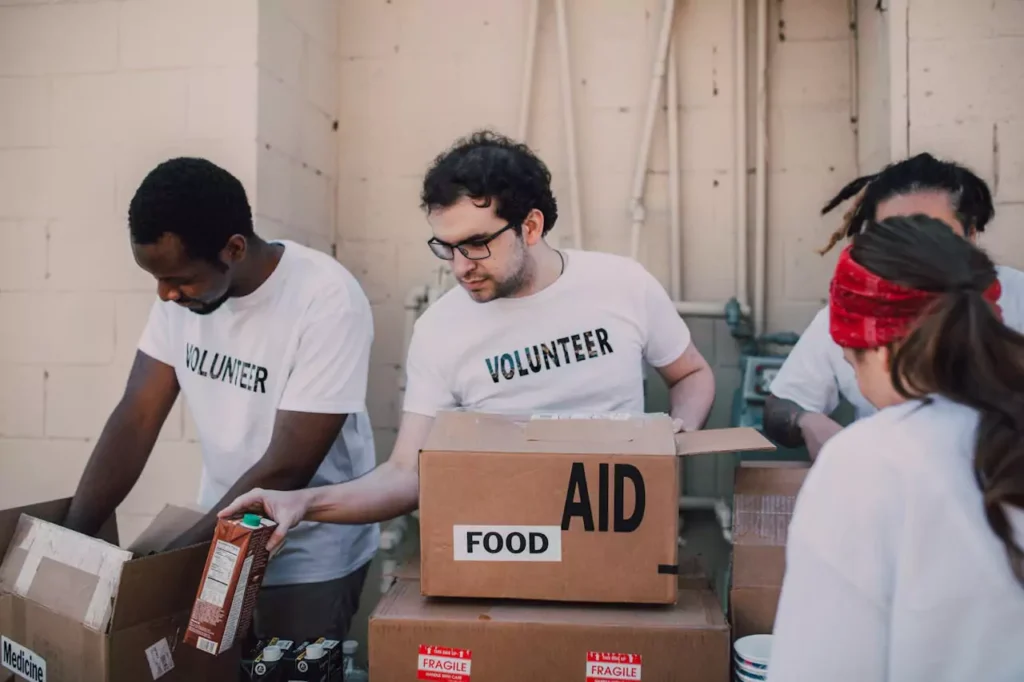
Plastic Holds the Largest Market Share in Smart Food Packaging
Plastic dominates the smart food packaging market due to its versatility, affordability, and durability. Its ability to be molded into various forms, combined with lightweight properties, makes it ideal for active and intelligent packaging applications. Polyethylene, polypropylene, and PET are widely used due to their barrier properties, ensuring food safety and extending shelf life.
The rise of recyclable and biodegradable plastics is gaining momentum amid increasing environmental concerns. This shift is driving demand for sustainable packaging solutions. North America and the Asia-Pacific region are the leading adopters of plastic-based smart packaging, further fueling market growth.
Key Players and Market Competition
Several prominent companies operate in the smart food packaging market, including:
- Amcor
- Mondi
- Sealed Air
- Berry Global
- Toyo Seikan Group
- The Tetra Laval Group
- Crown
- 3M
- Mitsubishi Gas Chemical Company
- Multisorb
- Huhtamaki
- Timestrip
- Stepac
- Checkpoint Systems
- Novipax
These companies focus on innovation, strategic partnerships, and sustainable solutions to maintain their competitive edge in the market.
Research Coverage and Future Outlook
The report provides detailed insights into the key factors driving and restraining the smart food packaging market. It includes:
- Market drivers, restraints, opportunities, and challenges.
- Comprehensive analysis of major players and their business strategies.
- Key technological advancements and their impact on market growth.
- Competitive benchmarking of emerging startups in the smart food packaging sector.
With rapid technological advancements, increasing regulatory pressures, and a growing consumer preference for sustainable solutions, the smart food packaging market is poised for significant expansion in the coming years. Companies that invest in innovation and sustainability will be well-positioned to capitalize on the lucrative opportunities in this evolving market.
